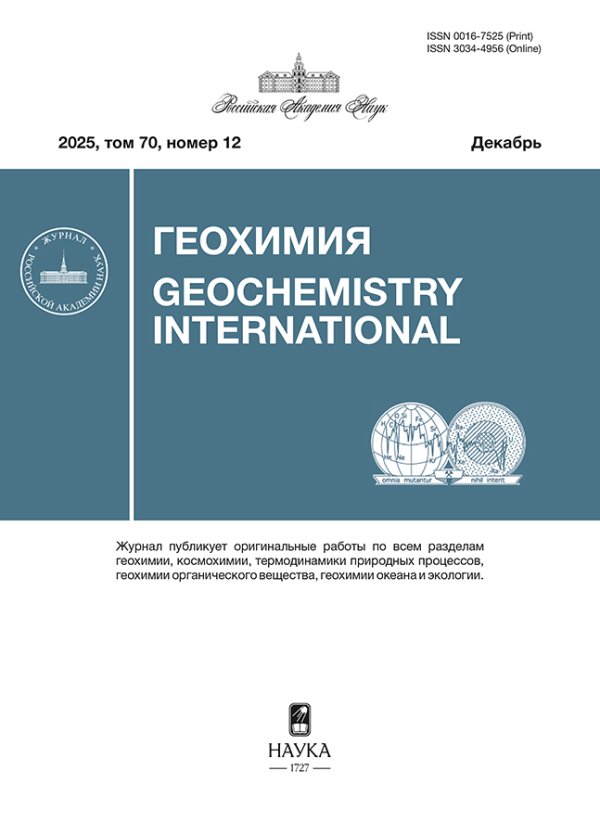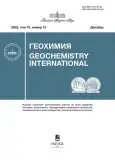One of the widely discussed issues of oceanic rise formation is the possibility of their formation by the interaction of hot spots and mid-ocean ridges. The Crozet Rise (less than 9 million years old) is located in the western Indian Ocean and consists of a group of volcanic islands with alkaline lavas. The paper studies basanites of the largest island of the archipelago, Possession Island. As a result of the conducted petrological and geochemical studies, the use of geophysical data and calculation models, the conditions of the formation of the lavas of Possession Island were determined, as well as the relationship between the features of the origin of the Crozet Rise and other rises of the western Indian Ocean located near southern Africa. The olivine-clinopyroxene-spinel phenocryst association observed in the lavas of Possession Island corresponds to deeper crystallization conditions compared to typical oceanic magmas, for which the olivine-plagioclase-clinopyroxene association is common. Fractionation of melts could have occurred in the intermediate chamber as a result of the intrusion of different portions of magma at pressures of 8–10 kbar and temperatures of 1200–1300 °C during the formation of the volcanic edifice 9 million years ago. The geochemical characteristics of the Possession Island lavas, including the isotopic composition of Sr, Nd, and Pb, indicate an enriched source, possibly with an admixture of a HIMU-type component (with high primary U/Pb and U/Th ratios), and are close to the composition of enriched magmas of the Indian Ocean uplifts – Crozet, Marion, and Bouvet, but differ from the composition of basalts of the Conrad, Afanasy Nikitin, and Mozambique Ridge uplifts located in the western part of the Indian Ocean. The enriched HIMU-type source is associated mainly with the substance of the ancient continental Gondwana mantle. The melting process may have involved fragments of continental crust or oceanic mantle enriched during the early stages of evolution, since the Crozet Rise is an intraplate structure recently formed under the influence of a hotspot on relatively ancient oceanic lithosphere. In this case, fractionation of alkaline magmas occurred at a depth of ~25–30 km. The formation of the eastern part of the Crozet Rise occurred under the influence of the Crozet-Marion hot spot, which can be considered a satellite of a large African plume, which significantly influenced the entire history of the development of the Southern Ocean.
 943-965
943-965


 966-977
966-977


 978-996
978-996


 997-1012
997-1012


 1013-1022
1013-1022












